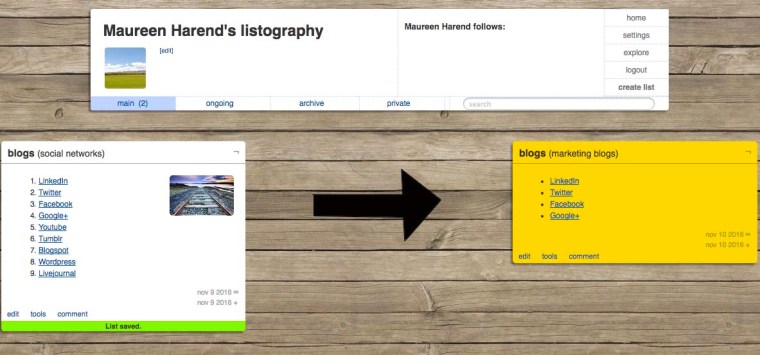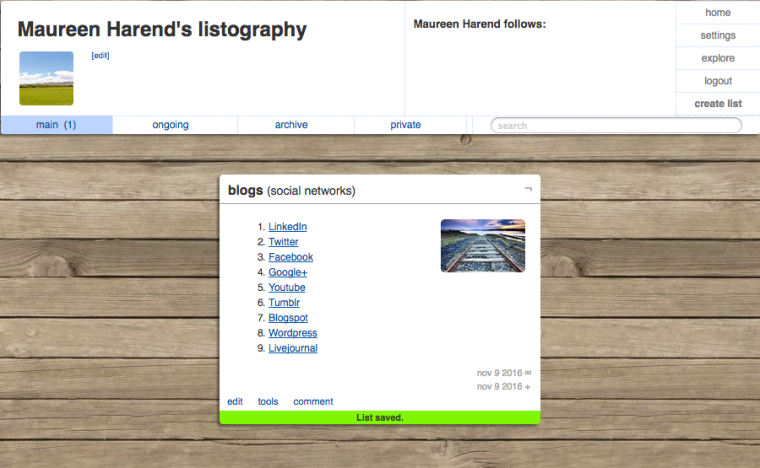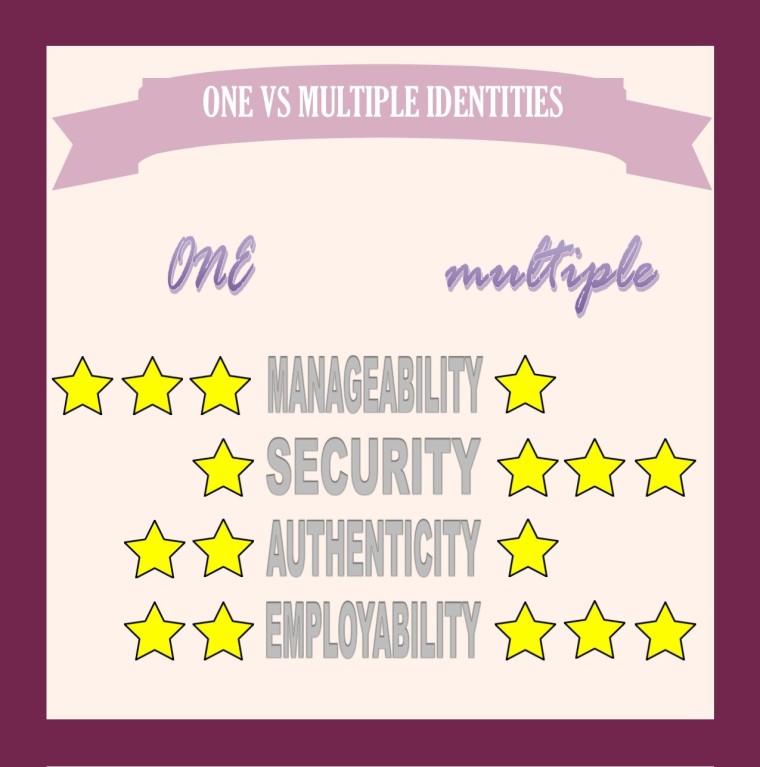I shall start of with an enlightenment that this post doesn’t contain any vlogs, voice-overs or so. I’m saving people from the horror of seeing my face and hearing my voice, haha.
Now, getting to serious mode. I’m sad that the module ends so soon and going to physical lectures again next week. This module has taught me more than what I thought I would be learning in this marketing degree.

Created by Maureen Harend, by Online Chart
It’s amazing how I feel way more confident at all categories in the self-test. This module has proven me that I can do things better when I keep doing them. Feedbacks from the teachers on how to improve also helped me a lot in getting better.
 Created by Maureen Harend, by Piktochart
Created by Maureen Harend, by Piktochart
The module covers topics that are really helpful towards my adventure in the digital web. It made me think who I am on it, why and how I am using it.
https://prezi.com/embed/v55-4-qrulxs/?bgcolor=ffffff&lock_to_path=0&autoplay=0&autohide_ctrls=0&landing_data=bHVZZmNaNDBIWnNjdEVENDRhZDFNZGNIUE43MHdLNWpsdFJLb2ZHanI5a24vWFEzVjZYY3JCQ1dJaHhWbzBRWDd3PT0&landing_sign=Gj3u7SmvpX8nYbth69bGQ2AywN9lS9S2nds_KwGdr_U
Created by Maureen Harend, by Prezi
The module requires me to comment on my friends’ posts and to make a reflective summary on it, which has taught me to give more participation in online communities. Reading others’ posts, commenting on them, and getting replied helped me to have new understanding on the topic and to see problems in different perspectives.
https://www.haikudeck.com/e/a9f0c496f0
Created with Haiku Deck, presentation software that’s simple, beautiful and fun.
Created by Maureen Harend, by Haiku Deck
This post isn’t going to be the end of this blog! I will share my hobbies and future explorations here too, showing my interests and specialties. To future MANG2049 underclassmen and module mates in UK or wherever they are, don’t be shy to leave a comment when you are here! Or you can mention me on twitter to get advices on the topics!^^

 Infographic created by
Infographic created by 
















